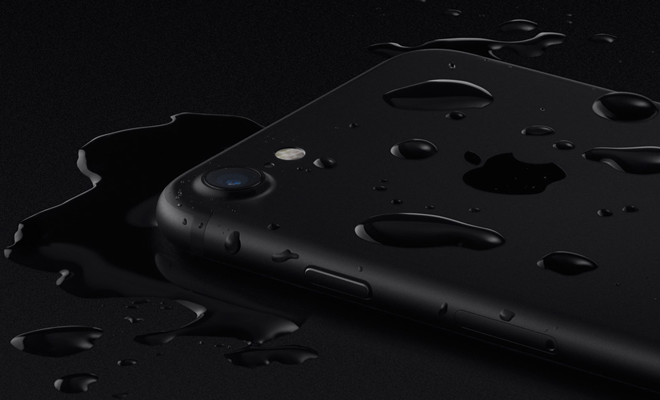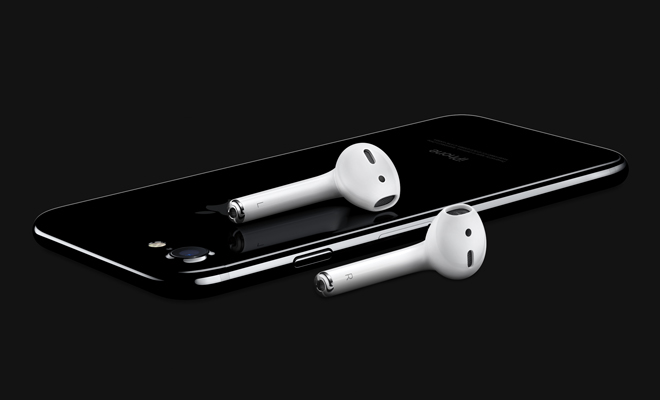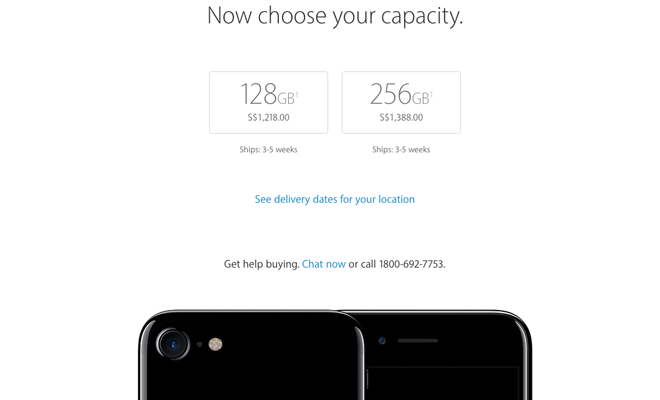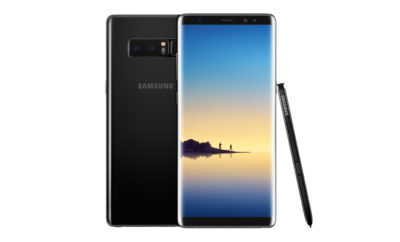
The Gen XY Lifestyle
Should you buy the iPhone 7?
After the wave of hype following the announcement and now that the adrenaline has ebbed away, the question remains: should you buy the new iPhone 7 or iPhone 7 Plus?
Those expecting an entirely new iPhone were most likely disappointed, and that’s not surprising. We’ve been pretty spoilt by the range of features that phones have these days that a lack of perceptible change will often be frowned upon. Let’s just look at the most significant changes and features to see if this is for you.
More Power and Battery Life

Every new iPhone has an incremental performance improvement
In general, the iPhone runs smoothly for two years at the minimum, but usually much longer. However, if you feel that your phone is slow after a major OS update, then it’s time to consider getting a new phone because the operating system is outgrowing the hardware.
Apple claims that their new processor — their first quad-core CPU — is twice as fast as the two-year-old iPhone 6, and their new graphics module is three times faster; the gains are less over the previous 6s. The extra speed is only really relevant if you run the most demanding apps, which are mostly games. The new quad-core processor is similar to those on Android phones, in the sense that they switch to the appropriate cores depending on the application to optimise power usage.
The result according to Apple, is better battery life, with up to three hours more web surfing time on Wi-Fi and two hours more video-watching time when comparing the iPhone 7 to the iPhone 6s. But if you’re already used to the idea of carrying a power bank around, then the extra hours may not be as compelling.
No Place Like Home

No longer a true button and relies on a Taptic Engine for feedback
The Home button is no longer mechanical. Unlike previous iPhones, the button does not depress. It will be good news to users who have had bad experiences in damaging the Home button with extended use and find themselves stuck with no other way to get back to the Home screen. It has now an unmovable surface that simulates the effect of you pressing it, which as the Apple Touchpad has demonstrated, can be very convincing. It’s not enough to justify a purchase, but it’s one of those helpful little assurances and improvements that one would like to see in a new, improved phone.
Officially Water Resistant

You can now rest easy with the added protection from water
Although not touted as a feature, last year’s iPhones had a small degree of water resistance. But it’s only with the iPhone 7 that the feature becomes official. The new iPhones have IP67 certification, which means dust protection and water resistance under one metre of water, for up to 30 minutes. It’s not intended to be waterproof, so just take it as added insurance against accidental exposure to water. Don’t push your luck as Apple warranty does not cover damage from water (as with all other manufacturers).
Back in Black and Black

After the bright and colourful Rose Gold, black is back in vogue
If you want to get one in black, we can’t help you there. Not since iPhone 4s has there been an actual black phone. Apple has been shrewd here, offering both a matte and a gloss black so that people don’t have to fluster about why there isn’t a matte or gloss option depending on what has been omitted. However Jet Black is only available for the 128GB and 256GB models. It’s not the first time Apple has saved its ‘best’ new colour for its high-end options.
Tricked out Cameras

Dual cameras are almost here to stay now that Apple is on board
The cameras are perhaps the biggest upgrades one the new iPhones. The iPhone 7 has a significantly better camera than its predecessor, with optical stabilisation now included to reduce shake and blur. The aperture is also larger now at f1.8, which allows more light to reach the sensor for clearer photographs in low-light situations. The flash on both phones now features four different-coloured LEDs for more accurate-looking photos when taken with the flash enabled. The iPhone 7 Plus uses a dual lens setup, which gives you a genuine optical zoom of 2x or portraits with a natural-looking blurred background. The downside is that its aperture is not as big as the camera on the iPhone 7, and it remains to be seen how the camera fares in low-light situations. The new iPhones also feature new displays with a higher colour gamut so they can render more vivid and lifelike pictures. If you enjoy taking photos, this seems to be a considerable upgrade.
Say Goodbye to an Old Friend

Apple removes the headphone jack and adds wireless earphones to its lineup
Apple claims the external speakers on the iPhone 7 to be twice as loud as its predecessor, and it also has a stereo speaker system for a better video-viewing experience. There is one notable omission that may be a deal breaker for many — the traditional 3.5mm headphone jack. Apple provides a lightning-to-analog cable so that you can use your old earphones, but now, you can’t charge your phone while listening to music. Alternatively, Apple provides a pair of Lightning-compatible earphones so you don’t have to buy a new one. If you’re particular about the earphones you use, this change will significantly affect the way you listen to music. Apple would want you to go wireless, ideally, and ultimately it will cost you a bit more to adapt — they’ve launched their own wireless AirPods, but you have many other options too. Although a very forward thinking approach, this change will annoy way more people than it pleases, in the short run at least.
Bigger Storage for Bigger Files
The 16GB option is gone, and the new iPhones start from 32GB. In this day and age, and what with better cameras, it’s not a lot of space. If you take a lot of photos, you will need to manage your storage space in no time. The 64GB option is no longer available, so you have to make the jump to 128GB, which costs a fair bit more. For those who need a lot of space, the phones max out at 256GB and at pretty much the same prices as last year. Given how our usage has changed, it’s not a huge upgrade — think of it as an adjustment for file size ‘inflation’, as photos, music files and other media, in general, take up more space these days.
The Price Remains the Same

The prices remain the same as last year’s, but ultimately, it’s still a very pricey phone, as the most expensive model tops out at S$1,558. Prices for the iPhone 6s start from S$888 and a top-of-the-line 6s Plus costs S$1,218. Apple’s phones carry a significant premium, although the consolation is that they tend to hold their value well.
Value is subjective, and in this day and age where you can get a lot out of phones priced less than S$500, then any phone that’s priced S$1,000 and above is hard to justify objectively in many cases. A lot of it is down to what you want out of an iPhone, and whether it’s worth that premium. The iPhone’s popularity in many instances — aside from quality materials and build — is down to its usability and reliability on a daily basis. You can get a cheap smartphone that does most daily tasks well, but things like software updates and optimisation will be lacking throughout its lifetime.
Verdict

A cleaner, meaner phone, but essentially an update of last year’s model
Unless you want cutting edge features and uncompromising performance, last year’s iPhones will do the job for less money. If it’s the case of any phone will do then there’s more value to be had elsewhere. As good as the iPhone 7 is — and for that matter, any of the latest high-end phones — there aren’t any features that fall into the must-buy category. The lack of the headphone jack isn’t fatal, but the idea of paying good money and still having to adapt to the phone may not sit well with many. That aside, if you’re shopping for a new iPhone, this may well be the most refined iPhone experience ever.









